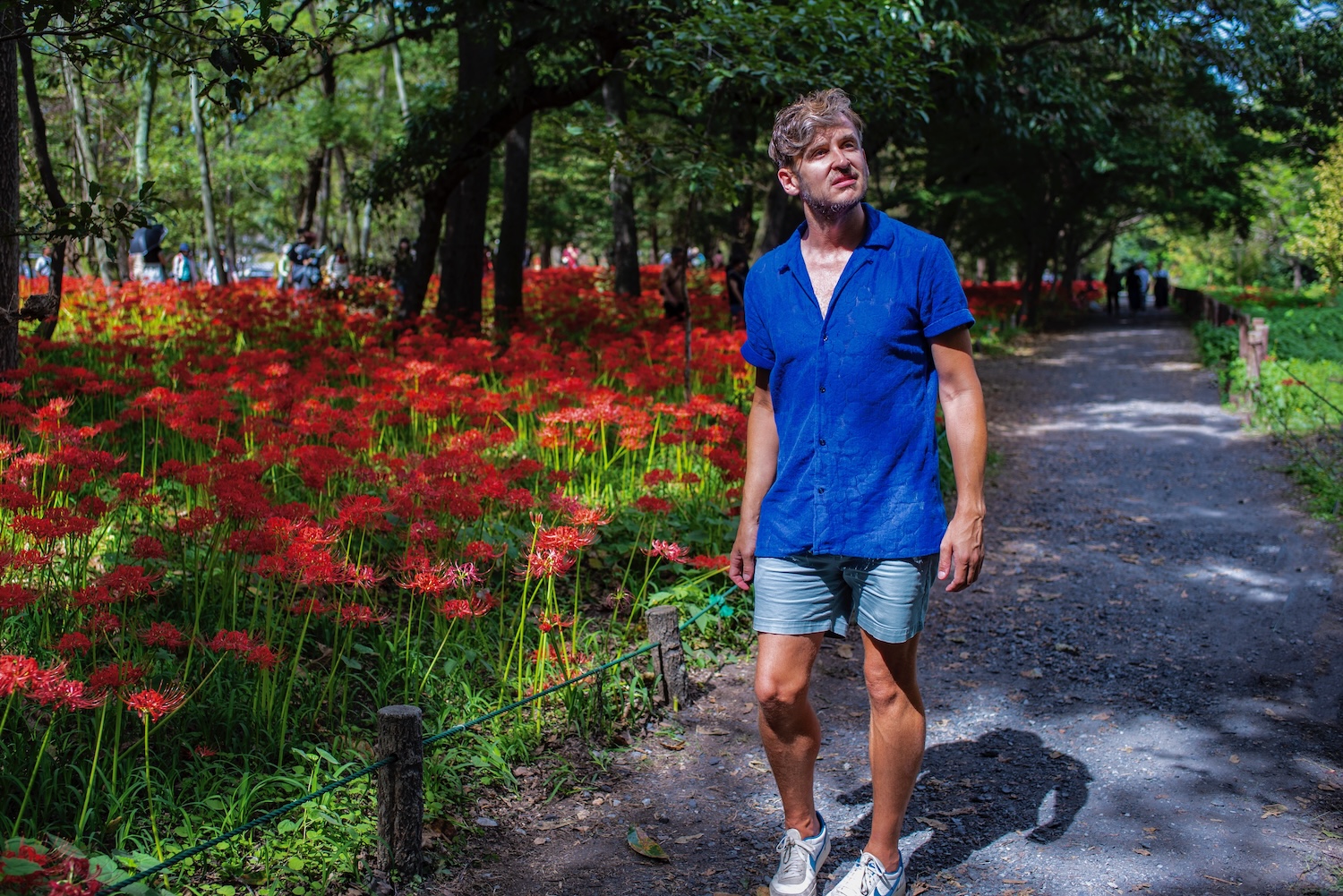As you’ll know if you read this site with any regularity, I quite literally travel to Japan for the flowers. And not just the sakura, although I typically take one dedicated cherry blossom trip every other year, at least.
Some of these are easier to incorporate into my travels than others. Azaleas (tsutsuji) and wisteria (fuji), for example, can often be combined with sakura, since these flowers all tend to bloom during the month of April, when I almost always tend to be in Japan anyway.
The red spider lilies in Japan, on the other hand, reach their peak around October 1—and that’s not typically my favorite time to visit Japan. Recently, however, I managed to see them in spite of this.
Why Higanbana Are Japan’s Hardest Flower to See
On one hand, the bloom of the Saitama spider lilies is refreshing. They can be in a state at or approaching full bloom for several weeks, which means that if you happen to be in Japan around they time they bloom (roughly a week before—or increasingly, in recent years, after October 1), you will probably seem them near their full expression. In the worst case, if you’re “late,” the flowers may be more of a dull, dark pink than a vibrant red.
The issue here is that this time of year, in my opinion, is just not one of the best windows for visiting Japan. It’s far too early for autumn colors in most of the country; temperatures and humidity are often both extremely high, even if they aren’t accompanied by the arrival of a typhoon. At the same time, the benefits of traveling during the summer (namely, the matsuri) are absent. And so unless you just happen to be in Japan, you have to be intentional about visiting to see these flowers.
How to Visit Kinchakuda Park
Consider renting a car
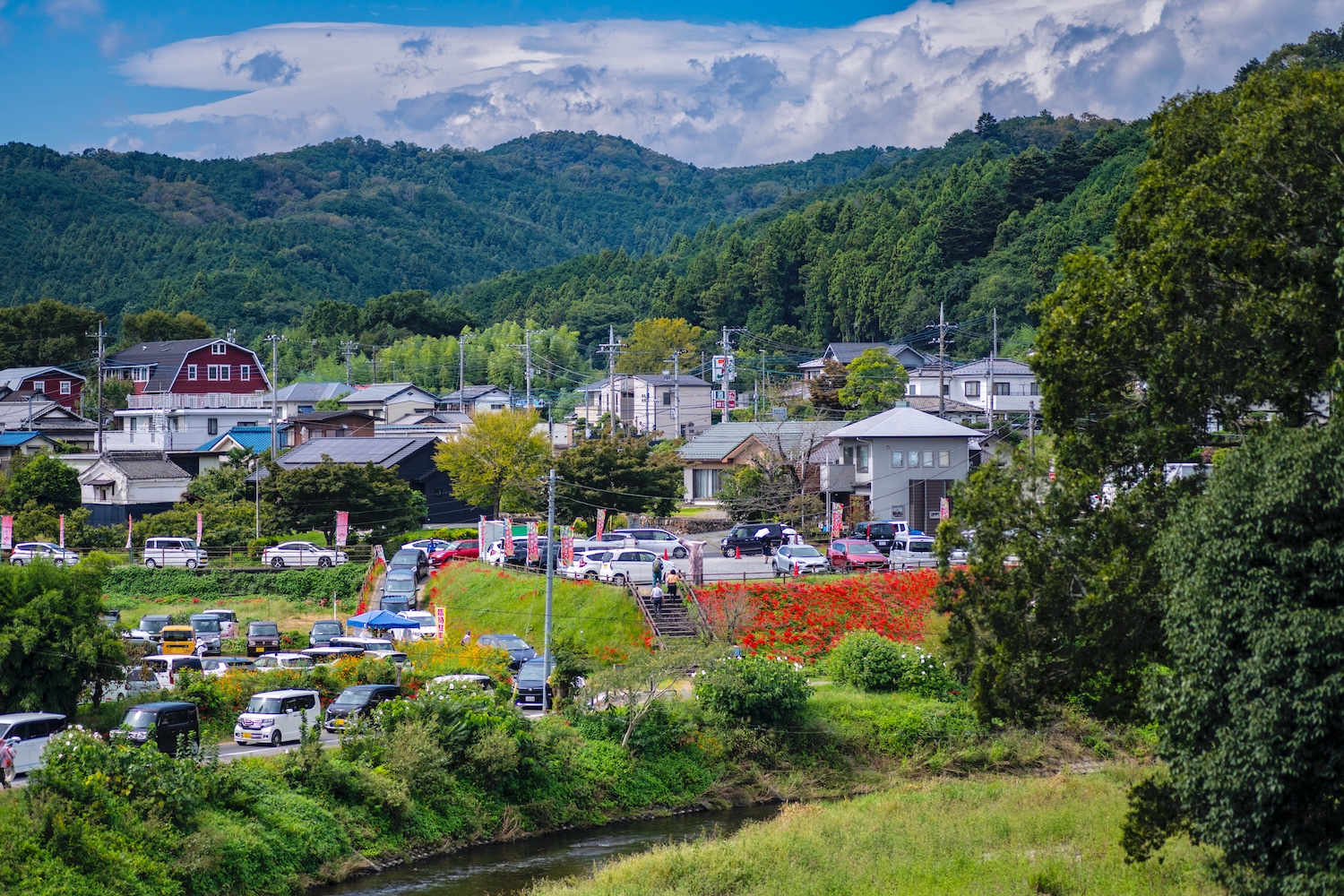
You can get all the way to Kinchakuda Park by public transport—and there’s an argument that this is the better option, given the parking situation during higabana season. On the other hand, if you have two or more people, the cost of renting a car and driving is similar to how much you’d pay via train and bus, so I’d personally go the car route if I were you.
(Or prepare for a long train journey)
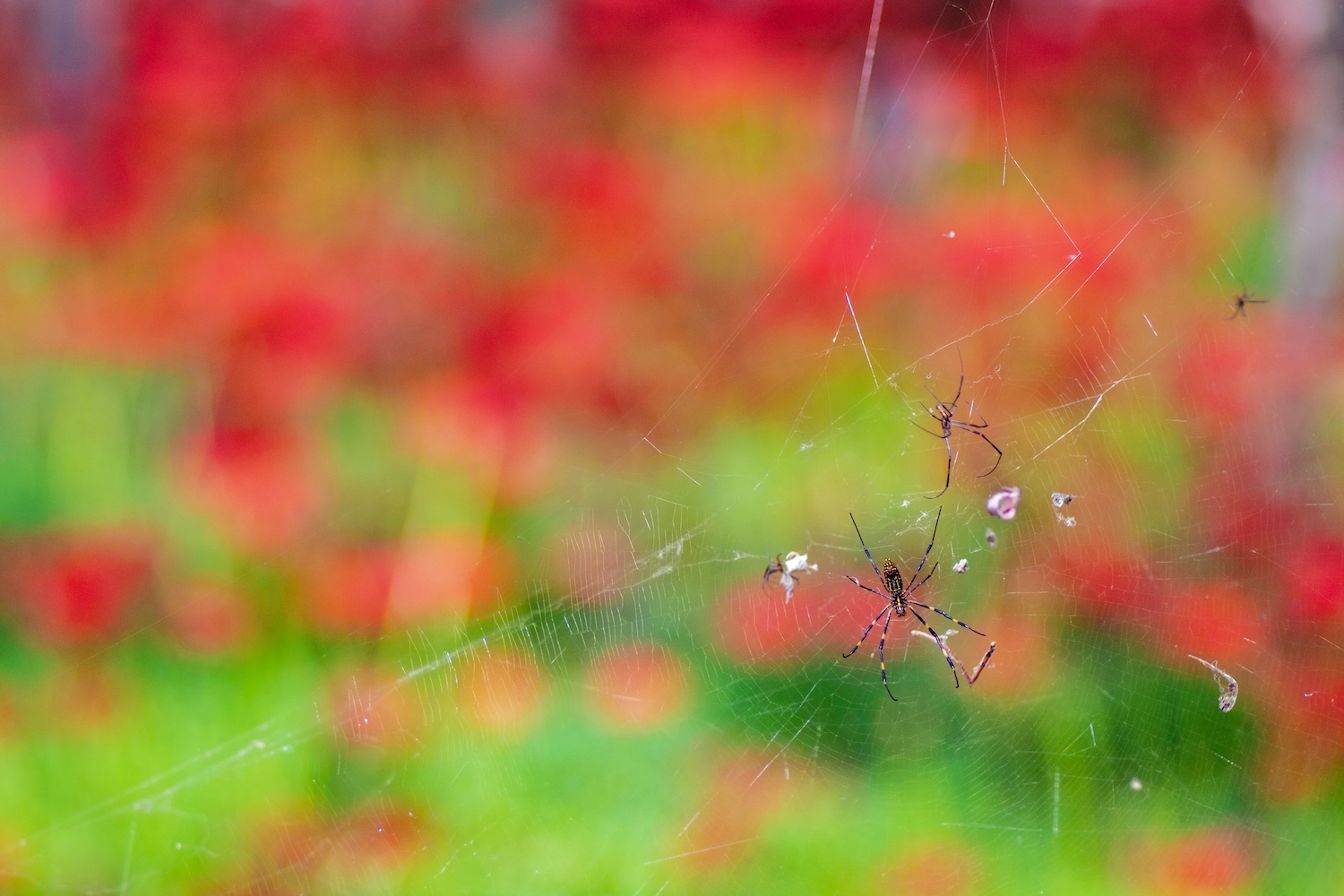
To be sure, seeing the Japan spider lily fields via public transportation requires a couple of steps. First, you’ll need to ride the JR Ikebukuro Line (ideally a Rapid or Express service) from Ikebukuro Station (itself up to 45 minutes from other parts of Tokyo) to Hanno Station. You’ll then need to ride a bus or get a taxi the rest of the way to the park, or get a train to Soma Station and walk ~20 minutes from there.
Do a full walk-through first
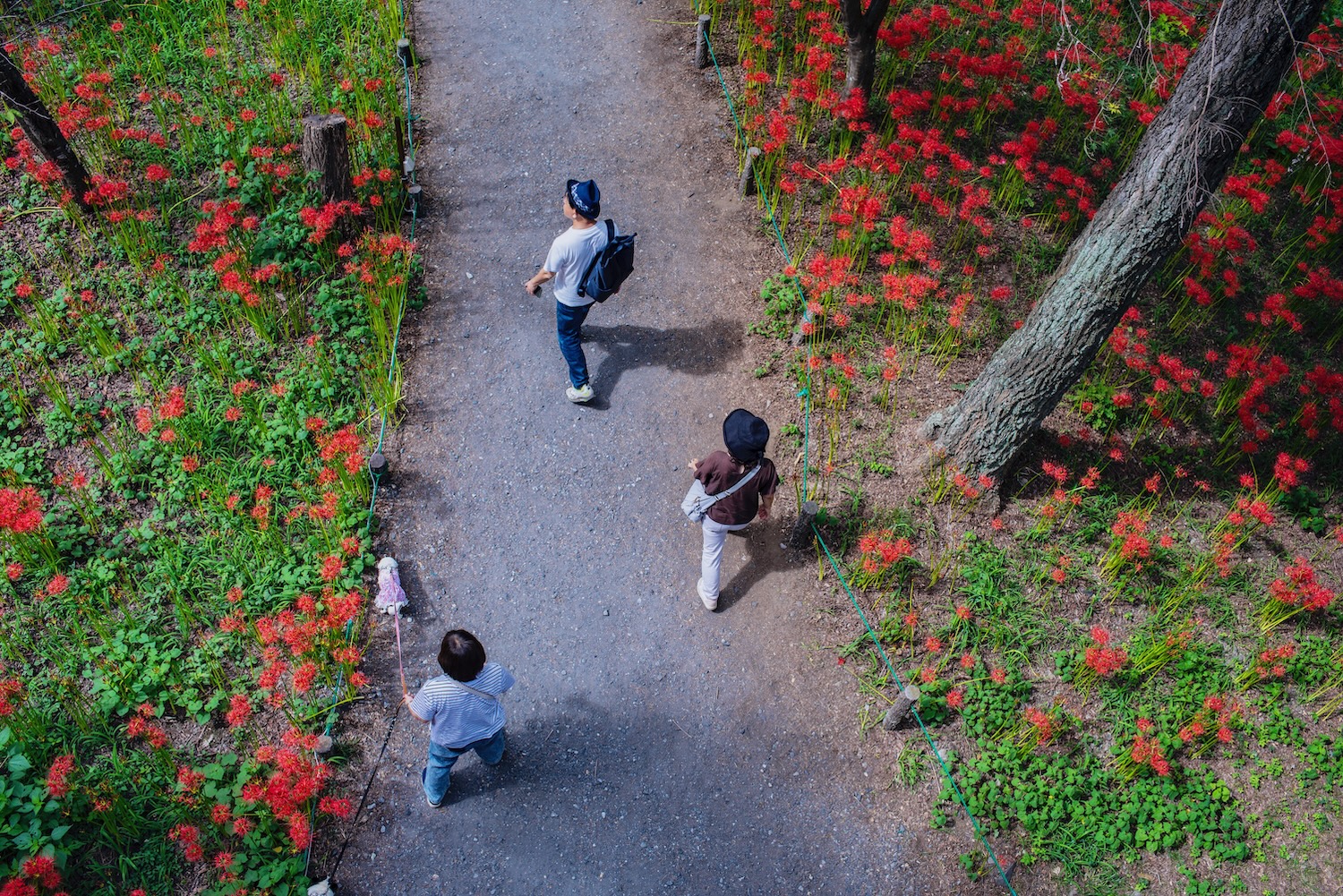
I got so excited upon entering the “first” area of the park (and seeing it more or less in full bloom) that I nearly missed a second section that was in even fuller bloom. In order to avoid wasting your limited time in the park (which will be stressful enough anyway, due to the crowds), I suggest walking through all of its first, before you take any photos, and then coming back to the parts you found most photogenic later.
Check the website before you go
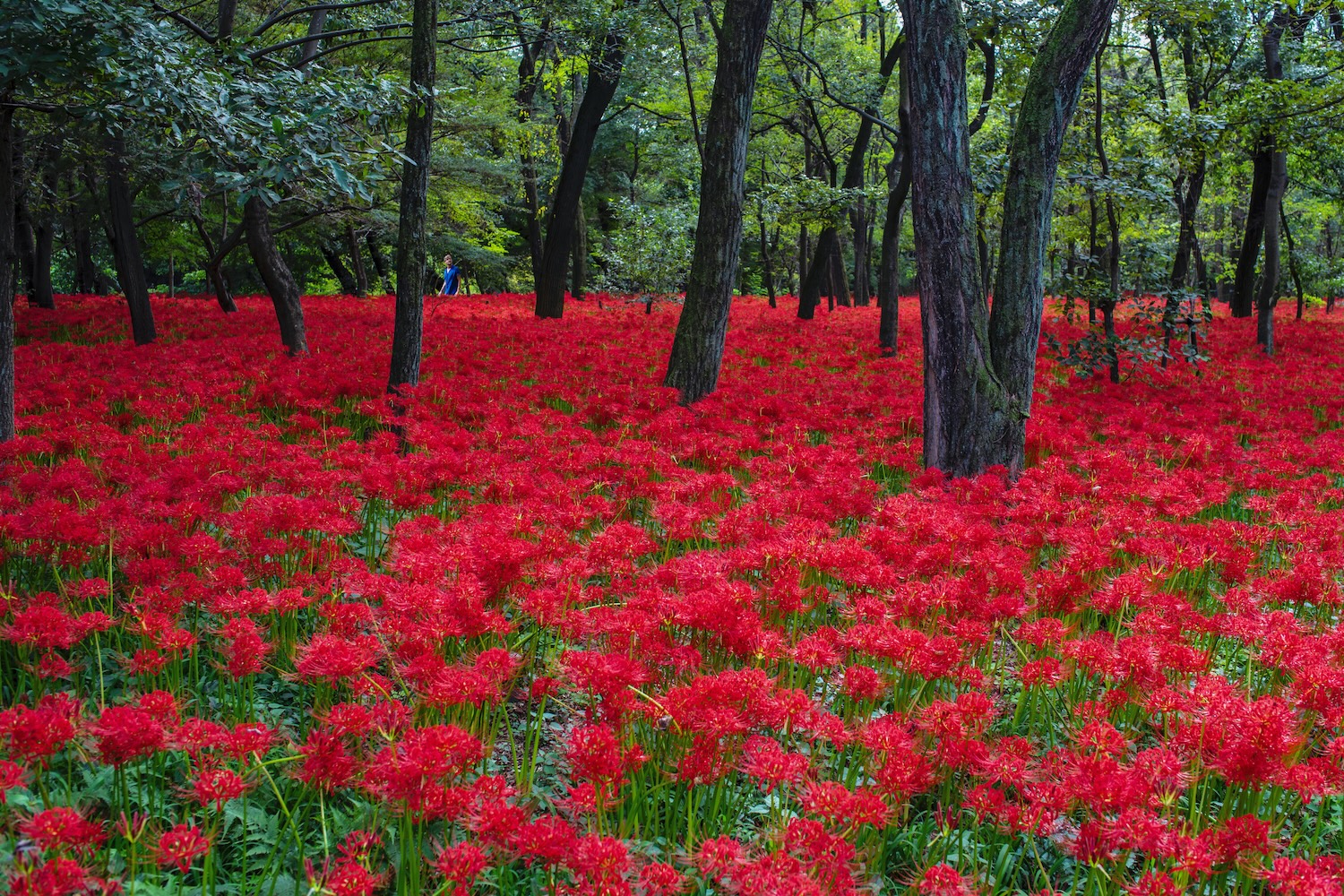
The good news? The official website of Kinchakuda Manjushage Park is updated daily between the last third of September and the first third of October, with both descriptions of the flowering situation, as well as photographic evidence of it. The maybe-bad news is that the website is only in Japanese, though using a browser like Google Chrome (which live-translates text) should make this a moot point.
Stop in Kawagoe on the way back
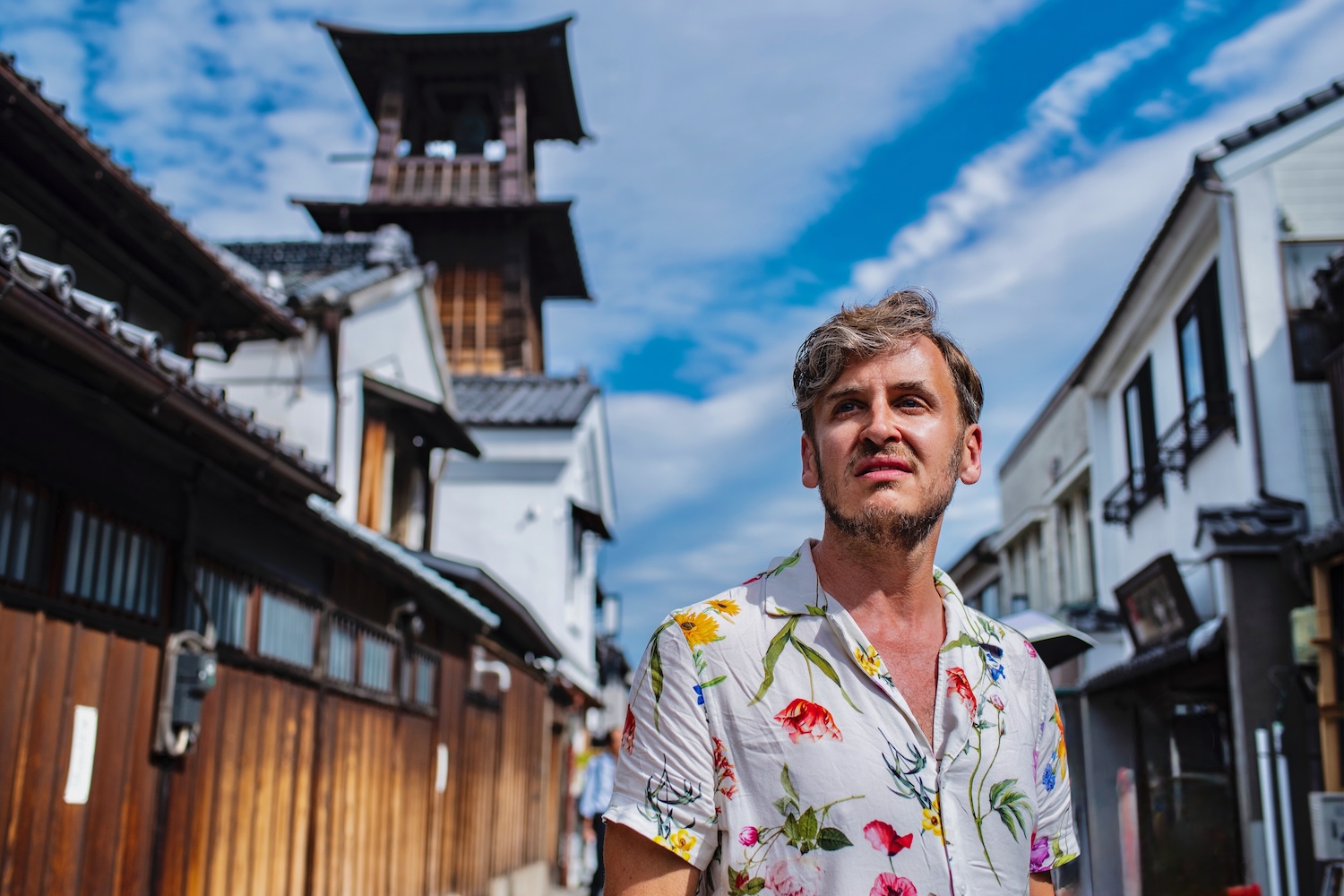
Another advantage of going to see the spider lilies via car? It’s easy to stop in Kawagoe on your way back to Tokyo. I’m referring, of course, to the small town famous for its Edo-period Toki-no-kane bell tower and Taisho Roman old street, as well as the presence of both unagi (eel) and imo (sweet potato) in its cuisine. It’s literally on the same road you’ll need to take to reach the capital anyway.
Other Things to Do in Saitama-ken
Saitama is a deceptive prefecture—its proximity to Tokyo would lead you to believe that there isn’t a lot to do there that’s distinct from what’s on offer in the capital. This is false, of course:
- The most famous destination in Saitama-ken is the aforementioned Kawagoe, an old town sometimes known as “Little Edo” because of its architectural style.
- Although much less popular and in a different part of the prefecture, Omiya Bonsai Village is an extremely fulfilling (and very easy) day trip from Tokyo.
- If you have a rental car and don’t mind venturing toward neighboring Gunma prefecture, you can taste unique leek ice cream at the Okabe Road Station.
(Obviously, it’s most rewarding if you can pair your time at Kinchakuda spider lily park with one of these activities, on the same day if possible.)
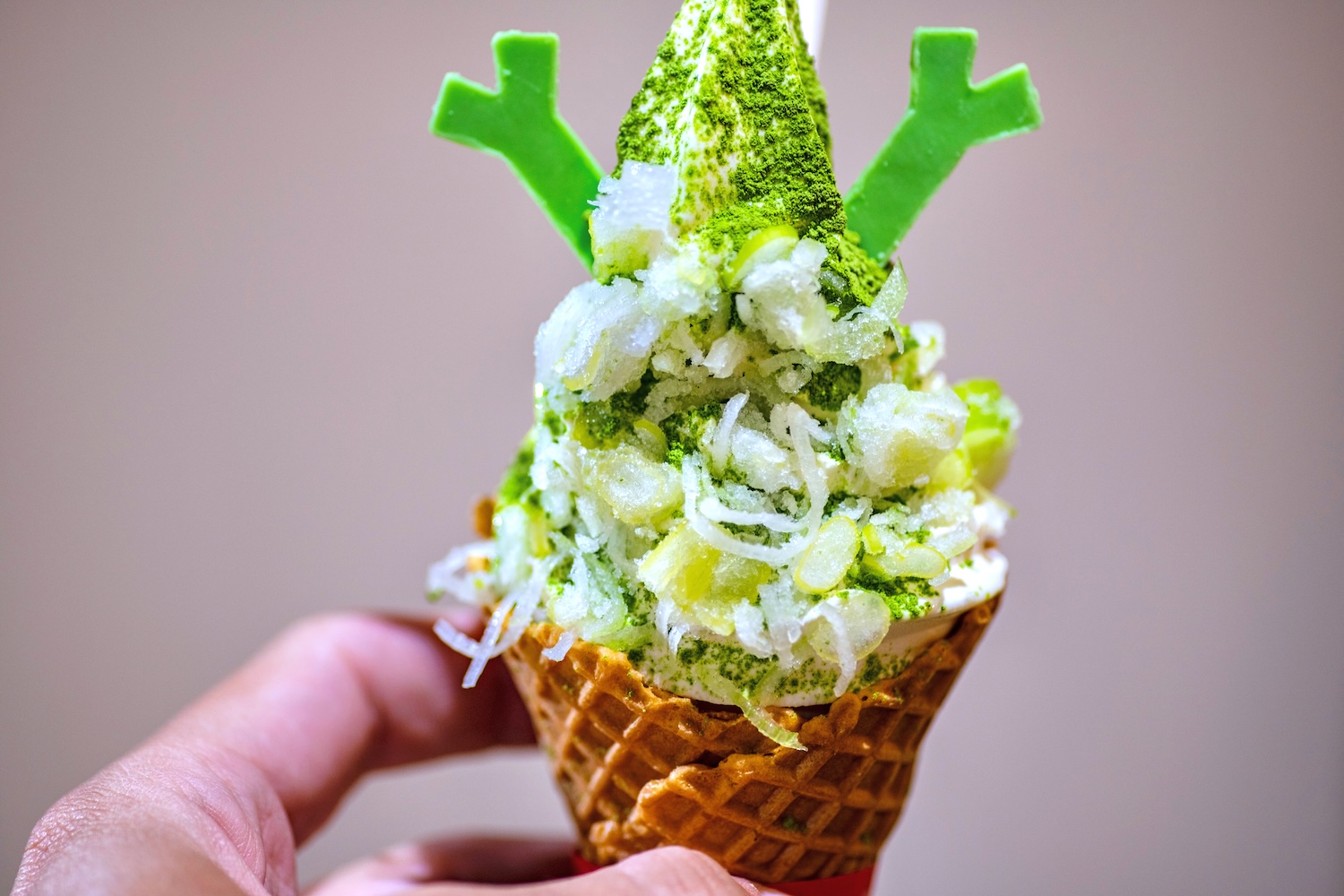
Other FAQ About Spider Lilies in Japan
Where can I see red spider lily in Japan?
Known in Japanese as both higabana and manjushage, the red spider lily blooms all throughout Japan in late September and early October. The most impressive place to see it, however, is at the Kinchakuda Manjushage Park in Saitama prefecture to the north and west of Tokyo.
What does the red spider lily mean in Japanese culture?
There isn’t a single meaning for the higabana or manjushage. Mythologically, Japanese people associate it with things like the afterlife and death, and even just the concept of farewell. On the other hand, some people interpret it simply to signify the end of the summer season and the beginning of autumn.
Do red spider lilies grow in Japan?
Red spider lilies not only grow in Japan, but are ubiquitous in many parts of the country throughout the late summer and early fall. Known alternately as higabana and manjushage, these flowers have deep mythological significance, and also represent the change of seasons.
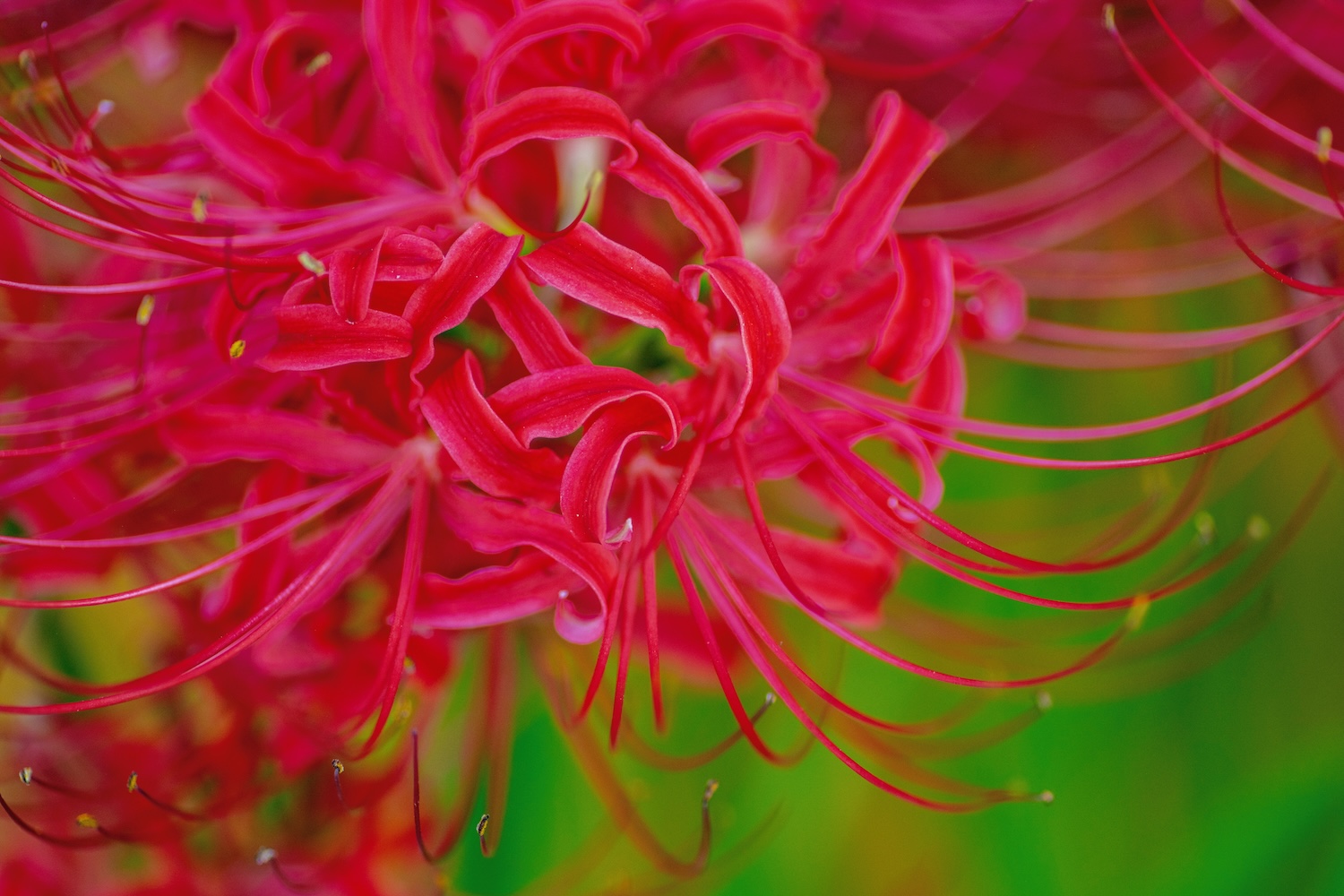
The Bottom Line
If you happen to be in the Tokyo area around October 1, I highly recommend making a pilgrimage to see the red spider lilies in Japan. They’re overwhelming in their beauty—especially when right at full bloom—and pair well with other destinations in underrated Saitama prefecture. I’m thinking in particular about the old town of Kawagoe, sometimes known as “Little Edo,” but this is only the beginning (especially if you plan to get there by rental car). If you don’t have the time or bandwidth to see manjushage here, the good news is that you can them elsewhere in Japan. The better news? When you hire me to plan a custom Japan itinerary, this is only the beginning of the insider tips I’ll share!



